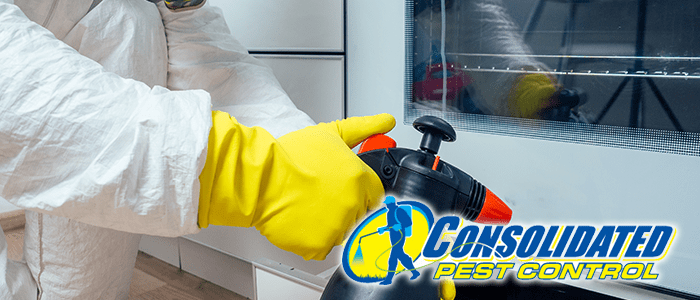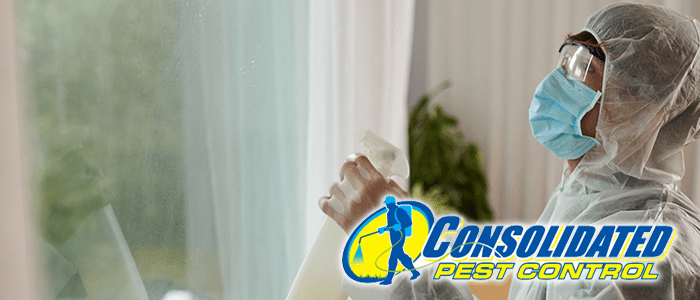
Nature is filled with “good bugs”, crawling and flying creatures whose diet consists mainly of the pests that ravage garden plants. Here is a list of those good bugs and the plants that attract bugs. Intersperse these plants among the “problem pest areas” in your yard. Remember, though: Many chemical sprays work on both bad and good bugs. To keep the good bugs in your yard, eliminate insecticide use in the areas where they live and work. Read on to learn all about plants that attract bugs and how to use this information to your benefit.
Introduction
Most species of beneficial predatory and parasitic insects require the carbohydrates in nectar, in addition to the protein provided by their prey. For example, though ladybugs are voracious predators in the garden, they also require nectar for reproduction, and parasitoids like parasitic wasps and tachinid flies consume only nectar as adults; it’s their larvae who are predaceous.
Our thanks to Steve Zien of Living Resources Company for helping to match up the good bugs with good homes. For more information about beneficial insects, there are two wonderful books (which include the pictures below) from the University of California Press, both written by UC Davis Entomologist Mary Louise Flint: “Pests of the Garden and Small Farm” and “The Natural Enemies Handbook”.
How This Information Helps You
Some flowers repel bugs while others attract them. It’s an interesting relationship that can help, hinder or harm all the plants in your yard. Usually we let our own personal preferences influence the floral arrangements of our gardens, but if you are serious about controlling pests in your yard, you may want to carefully consider the following flowers.
What To Look For
If you want to encourage the pollination process, plants that attract bees, butterflies and hummingbirds can help. Of course, if you or a family member are allergic to bees you’ll definitely want to steer clear of these flowers:
- Black-eyed Susan
- Blue Lobelia
- Cup Plant
- Marigold
- Milkweed
- Riddell’s Goldenrod
- Yellow Giant Hyssop
An insect that you’ll want to attract is the ladybug. Not only are they super cute, but they also help protect garden vegetables from aphids, mites and other destructive insects. Recognized when they are adults by most gardeners. However, the young larvae, black with orange markings, eat more pests than the adults, and they can’t fly. Yellowish eggs are laid in clusters usually on the undersides of leaves.
What To Avoid
In addition to leafy greens and a number of vegetables, there are a few flowers that also attract garden pests. These flowers are the ones that you may want to skip the next time you visit the gardening center, or you may want to add a few to see if they can actually help control pests.
- Carrion Flowers– These are course flowers typically found on cacti that put out a pungent odor that attracts insects including pesky flies.
- Four O’Clocks – This flower attracts Japanese beetles, but they also kill them too.
- Nasturtium – These can also trap some insects.
- Roses – Roses of all varieties are often plagued by aphids.
Many gardeners like using natural ways of controlling pests around their yards. However, pest control treatments can be safe and effective when they are performed by highly trained technicians.








